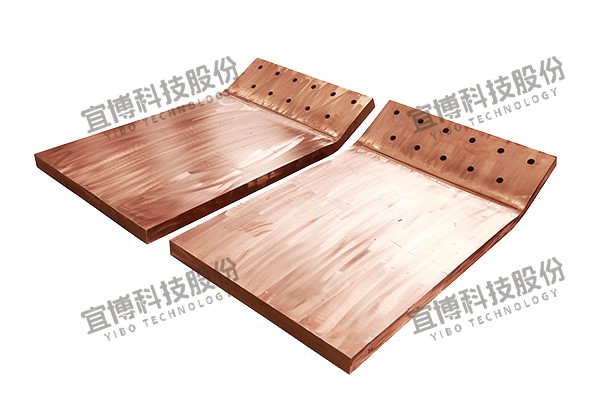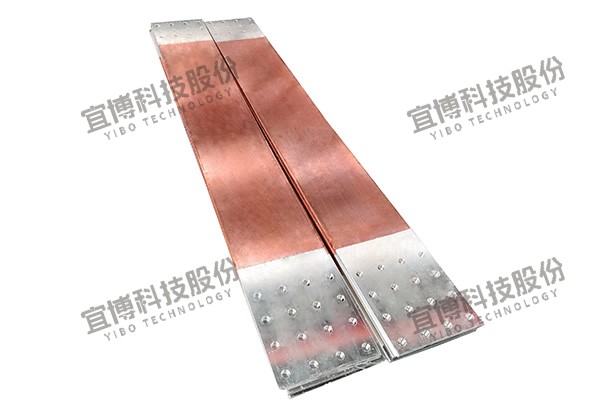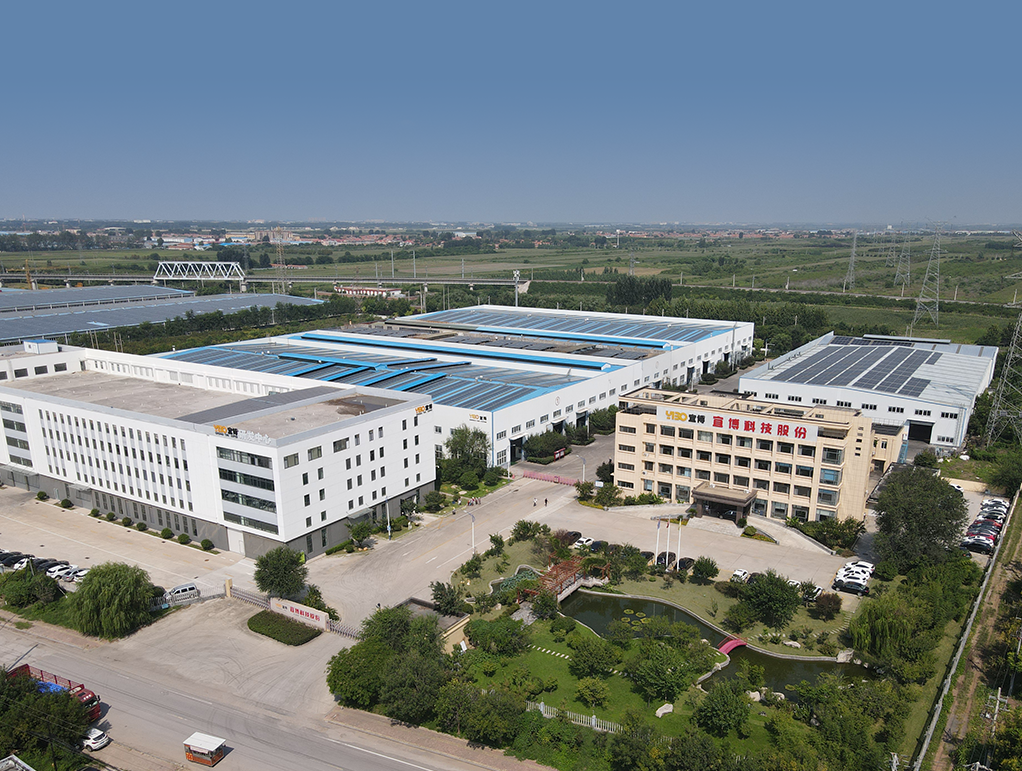Overview of the Aluminum Busbar Wholesale Market in China
Busbars, also known as busbars, are conductive materials such as copper or aluminum used to distribute electrical power within an electrical system. They serve as central nodes connecting numerous electrical devices, including transformers, circuit breakers, and switches, ensuring efficient power delivery in high- and low-voltage applications. Among various materials, aluminum busbars have garnered significant attention due to their advantages such as high conductivity, lightweight design, and cost-effectiveness. China, as a major global manufacturer and exporter of aluminum busbars, boasts a well-developed aluminum busbar wholesale market. Below is a detailed analysis:
Advantages of Aluminum Busbars
High Conductivity: Aluminum has excellent electrical conductivity, second only to copper among commonly used metals. It effectively reduces energy loss during power transmission, ensuring efficient power distribution.
Lightweight: Aluminum is approximately 70% lighter than copper, making it easier to install and transport. This is particularly advantageous in applications such as power distribution systems in buildings and electrical installations in transportation vehicles, where weight reduction is critical.
Corrosion Resistance: Aluminum forms a dense oxide film on its surface in the air, providing strong corrosion resistance. This makes aluminum busbars suitable for use in harsh environments, extending their service life.
Good Mechanical Properties: Aluminum has sufficient mechanical strength to withstand significant tensile and compressive forces during installation and operation. It maintains stable performance under high-current impacts and vibrations.
Cost-Effectiveness: Aluminum is relatively abundant and less expensive than copper. Using aluminum busbars reduces material costs, offering significant price advantages in large-scale power distribution projects.
Overview of the Aluminum Busbar Wholesale Market in China
Market Scale: In recent years, China’s aluminum busbar market has experienced steady growth. Driven by rapid industrialization and urbanization, as well as the expansion of industries such as power, electronics, and transportation, demand for aluminum busbars has surged. According to market research reports, the global busbar market is expected to grow at a steady pace in the coming years, with China’s aluminum busbar market playing a pivotal role in this trend.
Price Trends: Aluminum busbar prices in China are influenced by factors such as raw material costs, market supply and demand, and production technology. In recent years, fluctuations in aluminum prices have impacted the cost of aluminum busbars. However, Chinese manufacturers have continuously optimized production processes and improved efficiency to stabilize prices. Overall, the price competitiveness of aluminum busbars in China remains strong.
Applications of Aluminum Busbars
Power Industry: In power generation, transmission, and distribution systems, aluminum busbars serve as critical components for power transmission and distribution. They are widely used in substations, power plants, and electrical substations, ensuring stable and efficient power transmission.
Industrial Sector: In industries such as metallurgy, chemical engineering, and machinery manufacturing, aluminum busbars provide reliable power distribution solutions for various equipment and production lines, meeting high-current demands and harsh operating conditions.
Commercial Buildings: Modern commercial buildings, such as shopping malls, hotels, and office buildings, require large-scale power distribution systems. Aluminum busbars, with their space-saving and high-efficiency advantages, are ideal for use in switchgear, distribution panels, and other electrical installations, ensuring stable power supply for buildings.
Residential Sector: Aluminum busbars are also used in residential electrical installations, providing safe and reliable power distribution for households. Their excellent conductivity and mechanical properties ensure stable and efficient power supply to residential areas.
Transportation Sector: In rail transit systems such as subways and light rail, aluminum busbars supply power to trains and other equipment. Their lightweight and high-strength characteristics meet the requirements of transportation systems for power distribution components.
How to Choose a Reliable Aluminum Busbar Supplier in China
Assess Supplier Credentials: Verify whether the supplier holds relevant certifications such as ISO standards and industry-specific quality certifications. These certifications reflect the supplier’s production management standards and product quality assurance capabilities.
Evaluate Production Capacity: Examine the supplier’s production facilities, equipment, and technological capabilities to ensure they can meet your order requirements in terms of quantity and quality. Preferably visit the factory to gain firsthand insights into its production process and management practices.
Review Product Quality: Request product samples for testing and inspection to evaluate their conductivity, mechanical properties, corrosion resistance, and other indicators. Additionally, inquire about the supplier’s quality control measures and testing procedures to ensure consistent product quality.
Examine Market Reputation: Research the supplier’s market reputation and customer feedback by consulting industry peers, attending trade shows, and reviewing online reviews. Suppliers with positive reputations and favorable customer feedback are more likely to provide reliable products and services.
Compare Prices and Services: Obtain quotes from multiple suppliers and compare prices while considering their service offerings, such as delivery timelines, after-sales support, and customization options. Choose a supplier that offers reasonable pricing and comprehensive services to meet your specific needs.
Market Trends and Outlook for Aluminum Busbars
Renewable Energy Sector Driving Growth: With global efforts to promote renewable energy, industries such as solar and wind power are experiencing rapid development. Aluminum busbars, as key components in renewable energy power generation and grid connection systems, will see increased demand. For example, in solar power plants and wind farms, aluminum busbars are used to connect power generation equipment with substations, ensuring efficient transmission of renewable energy.
New Energy Vehicles Creating New Opportunities: The rise of the new energy vehicle (NEV) industry has driven demand for charging infrastructure. Aluminum busbars, with their high conductivity and reliability, are suitable for use in NEV charging stations and vehicle-mounted charging systems. As NEV adoption grows, the market demand for aluminum busbars will rise accordingly.
Industrial Automation Upgrading: The trend toward industrial automation is accelerating, with increasing demands for stable and efficient power distribution systems in factories. Aluminum busbars, capable of meeting high-current and continuous operation requirements, will play a critical role in industrial automation upgrades, driving further growth in their market demand.
Technological Innovation and Product Upgrades: To meet evolving market needs, Chinese aluminum busbar manufacturers are intensifying R&D efforts to develop high-performance, high-reliability aluminum busbar products. Innovations include improvements in material performance, optimization of product structures, and advancements in manufacturing processes. These efforts will enhance product quality and performance, expanding the application scope of aluminum busbars.
In conclusion, China’s aluminum busbar wholesale market offers significant potential. Buyers can secure high-quality, cost-effective aluminum busbars from China to meet their electrical power distribution needs. By selecting reliable suppliers and staying updated on market trends, businesses can capitalize on the opportunities presented by China’s aluminum busbar market.


